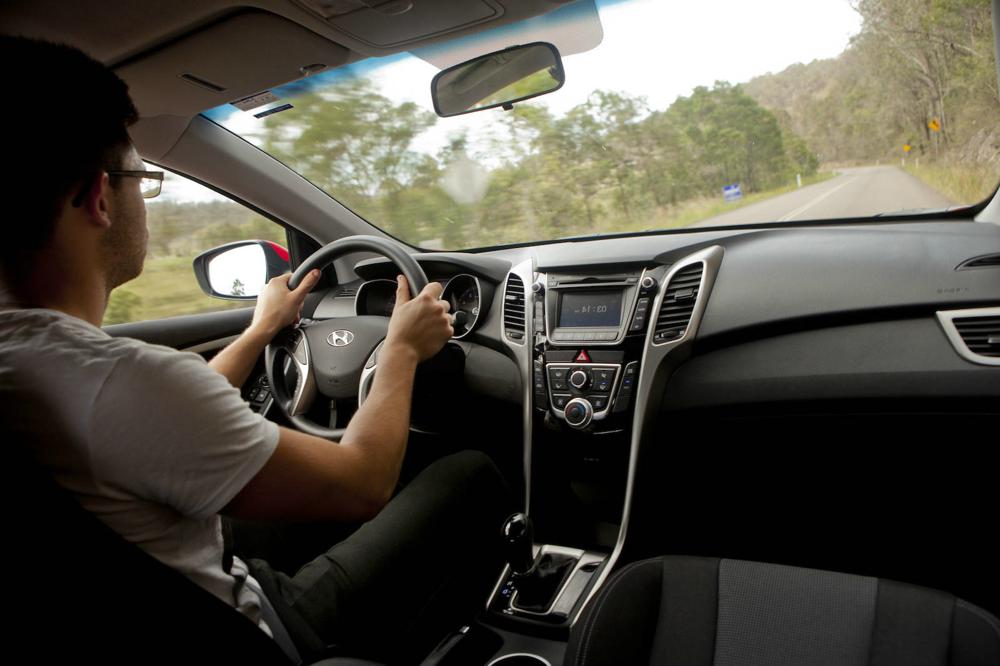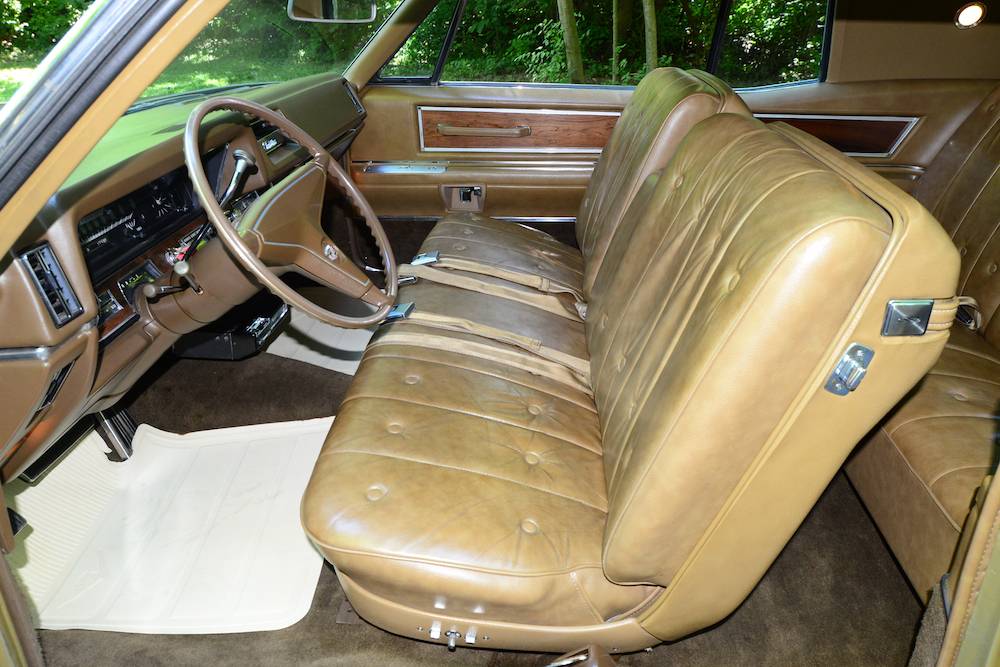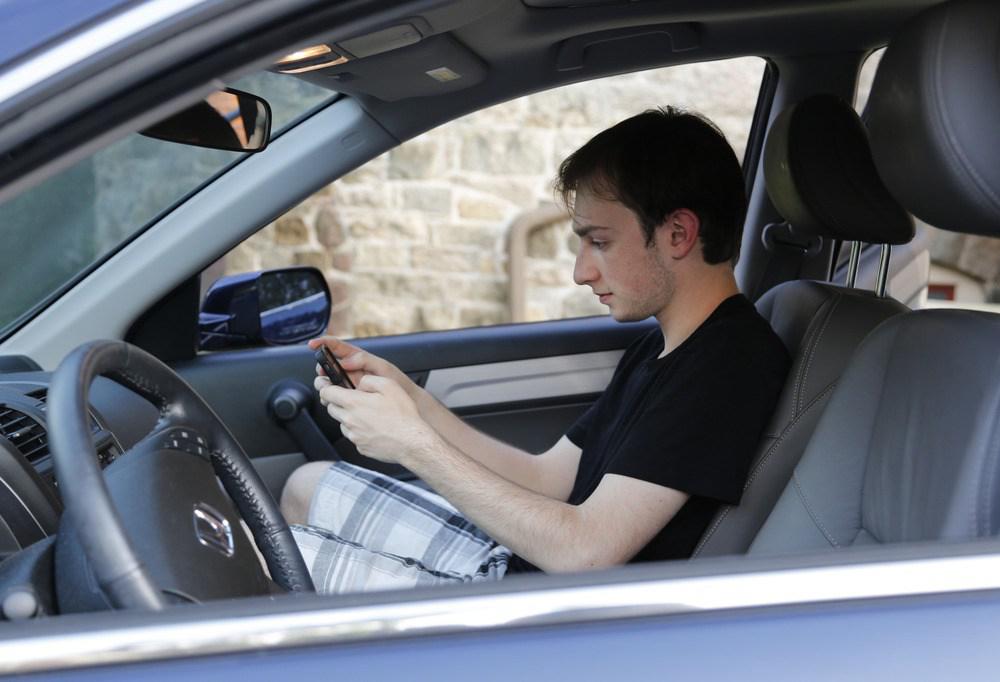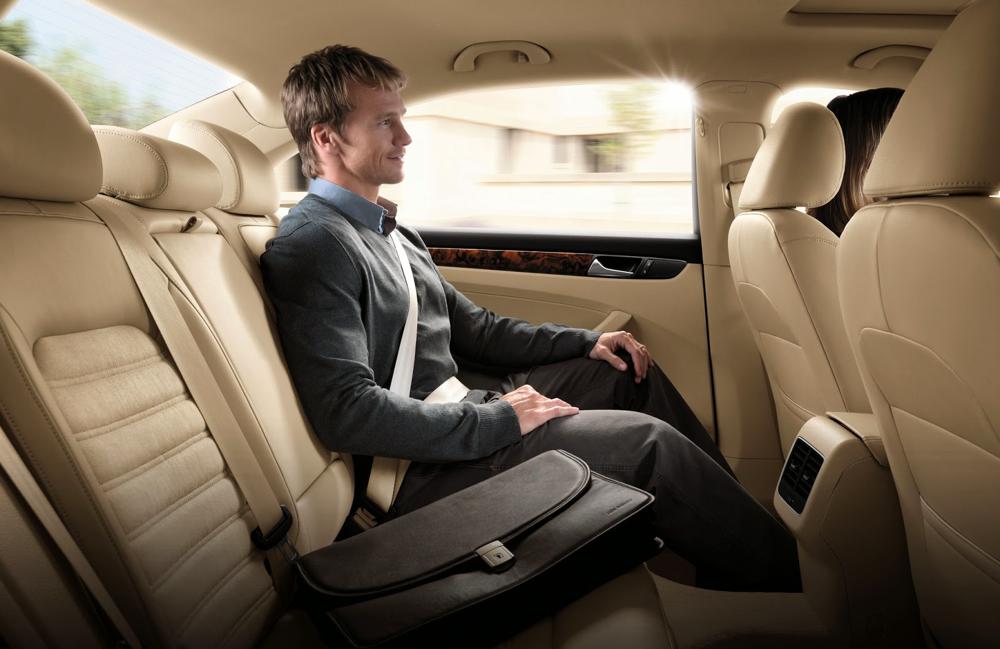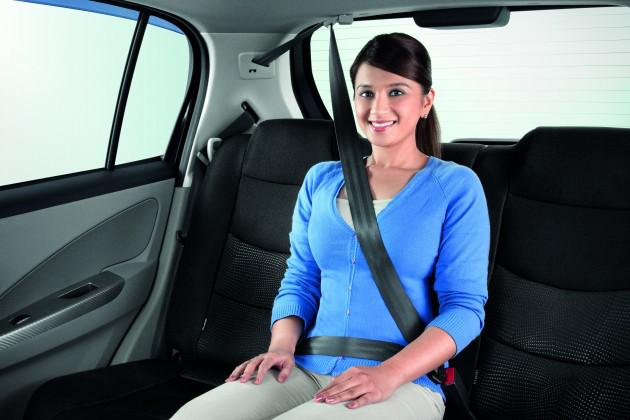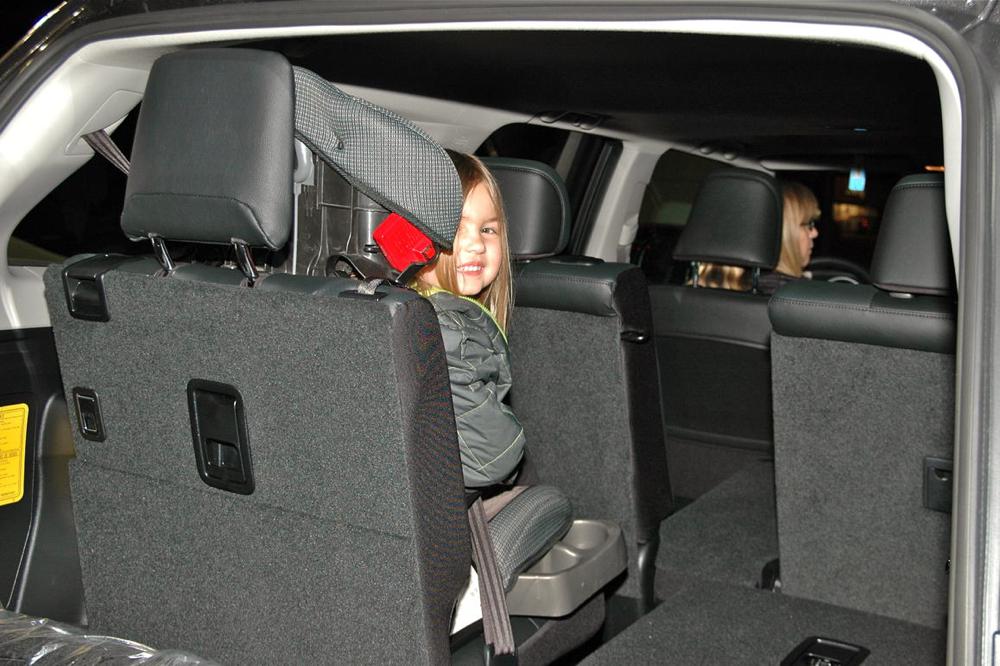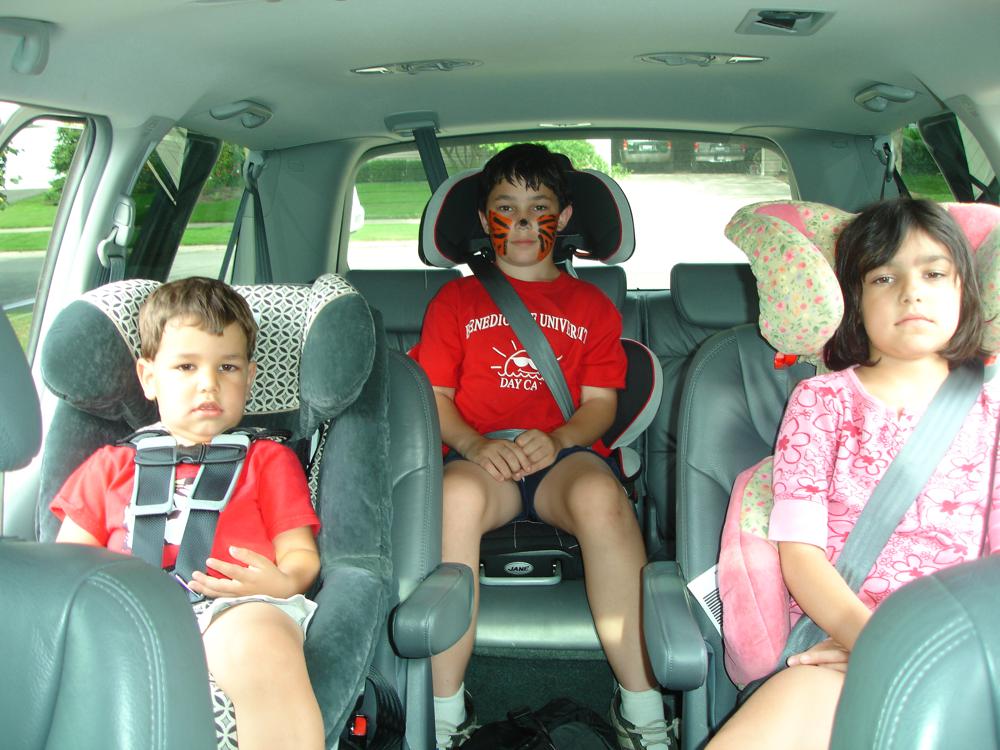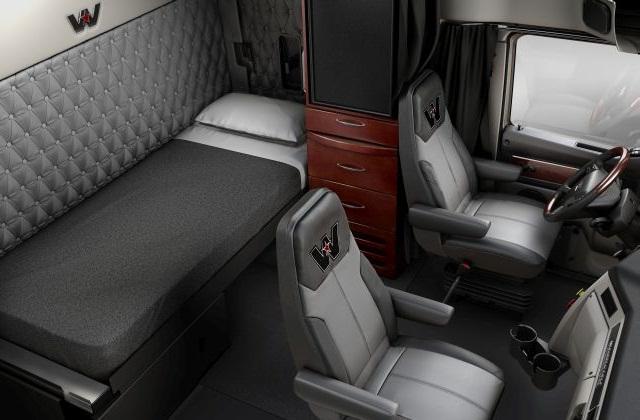Instructions:
Identify the place where the occupant was seated when the crash occurred. The majority of crashes will have the driver in seat position 1. NOTE: Mail or foreign vehicles may be right hand drive and the driver will be listed as seat position 3.
Definition:
The location of this occupant in, on, or outside of the motor vehicle prior to the first event in the sequence of events.
Rationale:
Without known seating position for each person in the motor vehicle, it is not possible to fully evaluate, for example, the effect of occupant protection programs.
FAQ
Why is this field important?
This data can help us determine the impact of seating position on crash outcomes. This type of data has led to lifesaving developments such as rear-facing carseats.
Accuracy Checks
- Except for unusual circumstances, no passenger should have a Seating Position of ‘1’.
- If the Air Bag Status code includes any ‘front’ deployment, then Seating Position should be in a ‘front seat’.
- If Seating Position is ‘riding on vehicle exterior’, then Ejection Code must be ‘not applicable’.
Data Quality Audit Results
| Report Type | Complete | Incomplete | ||
| Local Police (electronic) | 116 | 92.8% | 9 | 7.2% |
| Local Police (paper) | 137 | 91.9% | 12 | 8.1% |
| State Police (electronic) | 60 | 68.2% | 28 | 31.8% |
| Total | 313 | 86.5% | 49 | 13.5% |
Passenger Seating Position is another field where the accuracy could not be verified. In total, this field was completed for 87 percent of the reports reviewed. Similar to other fields in this section, State Police had the highest percentage of reports deemed incomplete, with almost one-third empty. This was true for most passenger fields in this section of the crash report. Some auditors indicated that if there were no passenger injuries, this section was often left incomplete.

